range hood recommendation needed
tedb1973
4 years ago
Featured Answer
Comments (47)
kaseki
4 years agolast modified: 4 years agoopaone
4 years agolast modified: 4 years agoRelated Discussions
Need recommendations on range hood...?Zephyr?
Comments (3)I have heard good things about the Zephyr, and have looked at the Kobe pieces as well. For my taste, I found the Kobe pieces more to my liking, but not a day-and-night difference. For ease of cleaning, I like baffle filters over mesh or "oil cup" designs. You can toss them in the dishwasher once a week or so and they'll stay clean and last much longer than mesh. VentingDirect.com carries the Kobe as well. The photos aren't great there or on the Kobe site, but having looked at many of them, post here and I or someone else could probably help describe the visual differences....See MoreProfessional range hood recommendations
Comments (1)Hello, what did you end up purchasing?...See MoreNeed recommendations for 42" under cabinet mounted range hood
Comments (7)I won't recommend specific hoods that I haven't owned. Performance requirements first, cost vs. aesthetics to meet performance second. Assuming a wall hood... Overlap is needed front-to-back as well as side-to-side. Assume a hood entry aperture of 42 inches by 24 inches (from a 27 inch deep hood). This is a hood entry aperture area of 7 square feet. You will need 90 CFM/sq.ft. for containment of hot gas combustion products and hot oil from stir-fry. So the requirement is to be able (on high) to pull 7 x 90 = 630 CFM. To do this with typical pressure losses in baffles and ducts, a 900 CFM rated blower will likely be required, consistent with your plan. However, this assumes that the house interior pressure is not reduced (relative to outside) by more than a few hundredths of an inch of water column. Most code authorities now-a-days will be enforcing make-up air (MUA) above 400 CFM (rated). You will need either a large duct opening outside with damper and minimal filtering (perhaps dumping air into a mud-room or basement with a powerful enough heater, or a powered MUA system with filtering and heating, depending on environment. The latter alone will eat your budget. For the hood itself, one is best served by a commercial-hood-inspired configuration (often called "Pro") with a capture volume before the filtering and baffles for filtering. Ducting out the wall or up through an attic are both appropriate, but using a remote blower and intermediate silencer will yield a lower noise configuration if enough duct length is available. No matter which duct layout is chosen, capture volume and baffle filtering will preclude a thin under-cabinet hood. Bottom line, a kitchen ventilation system suitable for the specified range may not cost as much as the range, but will not be far behind if the residence is to be kept free of greasy wet cooking effluent and the hazards of dropping your house pressure are to be avoided....See MoreRange Hood Insert Recommendation + MUA Question
Comments (8)Where duct equivalence is a requirement, two 8-inch ducts could be used to match a 10-inch duct. In any case, searching this forum should have led to commentaries on determining requirements before picking hoods. Decide how much cooking plume effluent you want to capture by how much the hood overlaps the possible cooking pans and locations. (Assume a 10-degree from vertical plume spread.) Then use the area of the resulting hood to determine needed air flow rate when performing hot cooking (even if it is on only one burner) by multiplying the area in square feet by 90 CFM/sq.ft. Then, for the case of going directly out the wall with free air flow MUA, assume a factor of 1.3 for baffle pressure loss. This will raise the rated CFM needed for the blower by 1.3 such that the rating should be 1.3 x 90 x area in sq. ft. (Note that this is less than the 1.5 I usually suggest for normal duct lengths, less than perfect MUA, and a duct silencer.) If the hood or insert is a VaH without baffles, use 1.1 to compensate for minor losses such as from the outside cap loss and imperfect MUA. Example: 45 ft x 2 ft = 9 sq. ft. Desired flow is 9 x 90 = 810 CFM. Rated flow for conventional baffled hood then should be 720 x 1.3 ~ a nominal 1000 CFM. While equal blowers mounted in the hood or just outside via a minimal duct length will have roughly the same noise, outside mounting may allow a larger blower that one can run at less than full speed. This will greatly reduce blade tip turbulence noise, which otherwise dominates. Abbaka and Wolf and Broan, for three examples, make down-roof radial blowers that should be adequate to mount on a wall. Exterior aesthetic considerations may influence inside vs. outside, but a low pressure loss cap will not be much larger than a motor housing, and you get a damper with the housing....See Morewdccruise
4 years agotedb1973
4 years agouncle molewacker z9b Danville CA (E.SF Bay)
4 years agokaseki
4 years agotedb1973
4 years agokaseki
4 years agoopaone
4 years agolast modified: 4 years agotedb1973
4 years agokaseki
4 years agolast modified: 4 years agotedb1973
4 years agokaseki
4 years agotedb1973
4 years agoopaone
4 years agokaseki
4 years agolast modified: 4 years agotedb1973
4 years agokaseki
4 years agokaseki
4 years agolast modified: 4 years agoopaone
4 years agoopaone
4 years agolast modified: 4 years agokaseki
4 years agotedb1973
4 years agotedb1973
4 years agoGramma T.
4 years agokaseki
4 years agotedb1973
4 years agokaseki
4 years agoopaone
4 years agolast modified: 4 years agotedb1973
4 years agoopaone
4 years agokaseki
4 years agolast modified: 4 years agotedb1973
4 years agokaseki
4 years agolast modified: 4 years agotedb1973
4 years agokaseki
4 years agolast modified: 4 years agotedb1973
4 years agotedb1973
4 years agoKashi N
2 years agotedb1973
2 years agokaseki
2 years agotedb1973
2 years agotedb1973
2 years agoopaone
2 years agotedb1973
2 years agokaseki
2 years ago
Related Stories
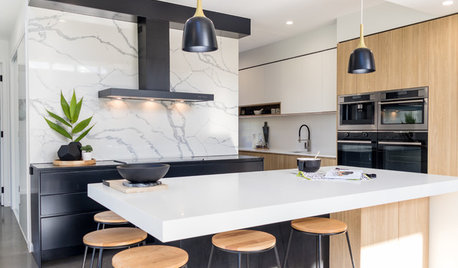
KITCHEN DESIGNHow to Get Your Range Hood Right
Get a handle on the technical specs, and then learn about fun design options for creating a beautiful kitchen feature
Full Story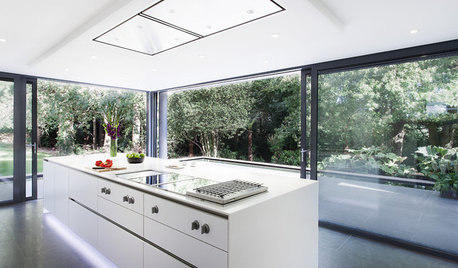
KITCHEN APPLIANCESDisappearing Range Hoods: A New Trend?
Concealed exhaust fans cut visual clutter in the kitchen
Full Story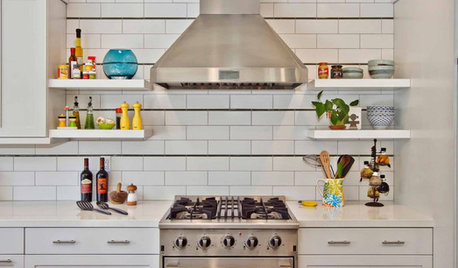
SHOP HOUZZHighest-Rated Range Hoods and Appliances
Helpful kitchen updates both large and small
Full Story
KITCHEN APPLIANCESWhat to Consider When Adding a Range Hood
Get to know the types, styles and why you may want to skip a hood altogether
Full Story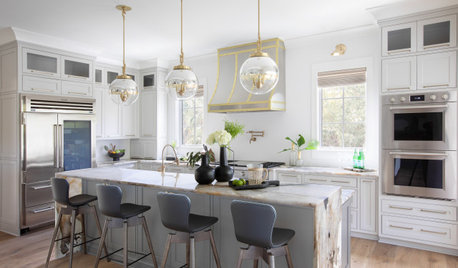
KITCHEN DESIGNDesigner Tips for Range Hoods, Appliances and Lighting
Learn how to get your microwave height just right, what kind of bar stool will be most comfortable and more
Full Story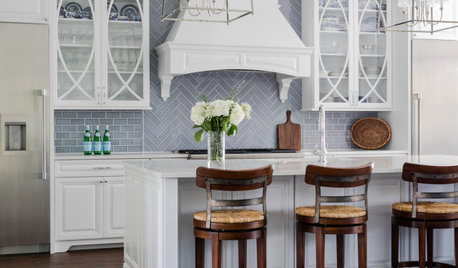
KITCHEN DESIGN10 Terrific New Ideas for Wrapped Range Hoods
See how designers use various materials and ornamentation to play up or play down a covered kitchen range hood
Full Story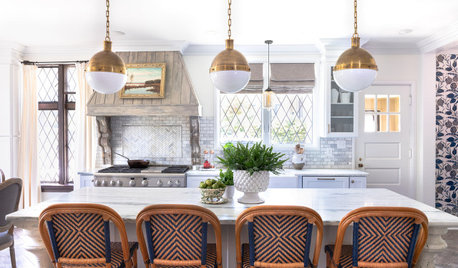
KITCHEN MAKEOVERSKitchen of the Week: Hand-Painted Range Hood and Classic Finishes
A designer puts hardworking materials, repurposed features and personal touches to work in her own charming kitchen
Full Story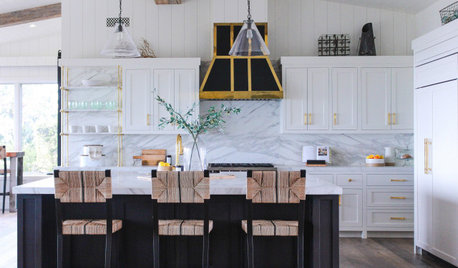
KITCHEN DESIGN15 Statement Range Hoods to Inspire Your Kitchen Remodel
See how 15 range hoods add personality and an intentionally designed look to their kitchens
Full Story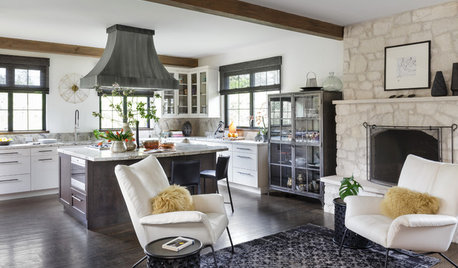
KITCHEN MAKEOVERSZinc Range Hood and a Limestone Fireplace Create a Timeless Look
A designer uses weathered materials to fashion a new classic kitchen for her family in Walnut Creek, California
Full Story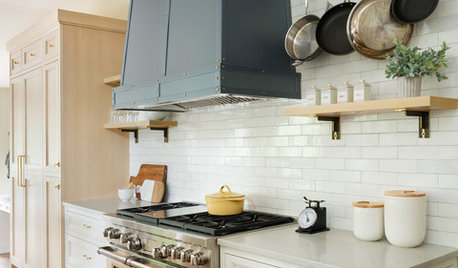
BEFORE AND AFTERS4 Kitchen Makeovers With Standout Range Hoods
In these before-and-afters, see how a custom range hood can take your kitchen renovation to the next level
Full Story


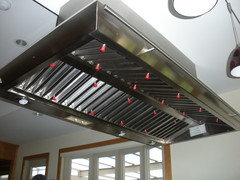
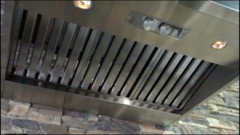
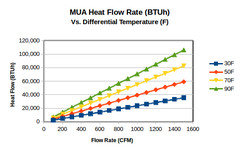
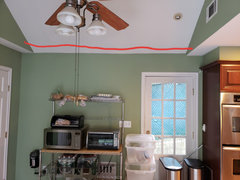






tedb1973Original Author